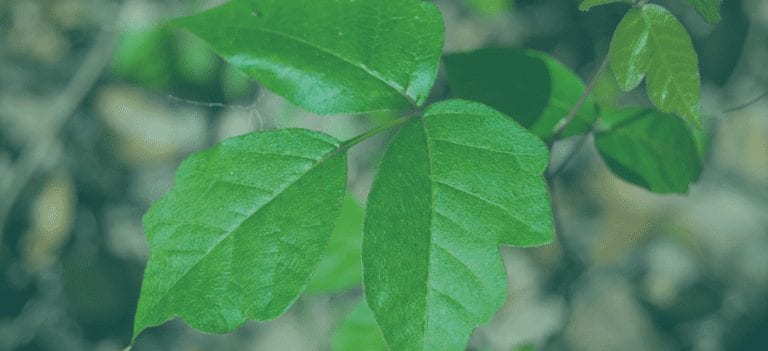Tricks for Treating Poison Ivy and Poison Oak
July 10, 2018

When the weather is pleasant, kids like to get outside and play in yards, trails, and parks. Who doesn’t want to enjoy great weather with their family? Yet poison ivy and poison oak are common plants in the United States — and that can put a damper on the fun. Check out a few ways to spot poison ivy — as well as poison oak (which is more common in the Western US) — and what precautions and treatments can help protect your loved ones.
What Does Poison Ivy and Poison Oak Look Like?
Have you ever experienced a rash and an annoying itch after walking through the woods? You most likely brushed up against a plant called poison ivy or poison oak. This unpleasant sensation is typically characterized by redness, itching and blistering known as contact dermatitis. While it doesn’t necessarily develop in everyone exposed to the plant’s oils, symptoms will appear for most people within 12 to 48 hours of exposure. The stubborn oil remains on clothing, animal fur, and other surfaces long after first contact. Thankfully, contact with the rash after proper treatment will not spread it to another person. Poison ivy and poison oak rashes are frustrating and uncomfortable, but luckily they aren’t usually dangerous or life threatening — and recommended treatment is the same.
The first step in avoidance are identifying these plants accurately. Poison ivy is a plant with three leaflets, so keep an eye out as you stroll through the woods or anywhere outdoors. The edges of the leaves can be either notched or smooth. Poison ivy is prominent in North America, and it can form as a vine or shrub. It can be easy to miss if you aren’t looking carefully! Leaves will also change with the season, thriving in summer. Reddish in the spring, the leaves turn green in the summer, then red, yellow and orange in autumn. In the winter, they will fall off altogether. Flowers are yellow-green and berries are off-white. In the winter, climbing vines appear “hairy.” Don’t let these variations fool you!
Poison oak is another plant with three fuzzy leaves growing together, and it’s often mistaken for poison ivy due to the similarity of the rashes they cause. Leaves can be toothed with rounded tips, but there is one key difference: poison oak grows as a shrub and not a vine — which can make it a master of camouflage.
Treatment Options
There are a few easy home treatments for contact dermatitis from poison ivy or poison oak. After first contact, you can lightly apply rubbing alcohol to dissolve the oils, then follow with a shower. Be sure to wash under the fingernails in addition to the spots that itch on your skin, since scratching the rash can carry the oils from one location to another. The oils can spread on your body easily, so rinsing your hands and fingernails can help prevent additional outbreaks. A 30-minute oatmeal bath can help reduce inflammatory symptoms, so relax with a moisturizing soak! Taking this step as soon as possible within an hour of exposure may help reduce the severity of your symptoms.
After thoroughly washing, calamine lotion or a poison ivy/oak cream can be used to alleviate swelling and itchiness. Children are particularly apt to scratch at itchy areas, which can make the condition worse. Aloe vera gel is another safe option for treating poison ivy and poison oak. If you’re worried about your kids stumbling across these plants while at summer camp, pack some aloe and calamine lotion for immediate treatment just in case.
Be Aware of Poison Ivy and Poison Oak
Adults and children need to be aware of poison ivy, poison oak, and other plants that may cause discomfort or an allergic reaction — the tips above are a great start! When natural treatments do not offer enough relief, poison ivy and oak remedies, such as steroid drugs and/or antibiotics may be prescribed. If symptoms persist or a severe reaction develops, such as difficult breathing or swallowing, contact a healthcare professional at MedPost Urgent Care for additional information and treatment options.
